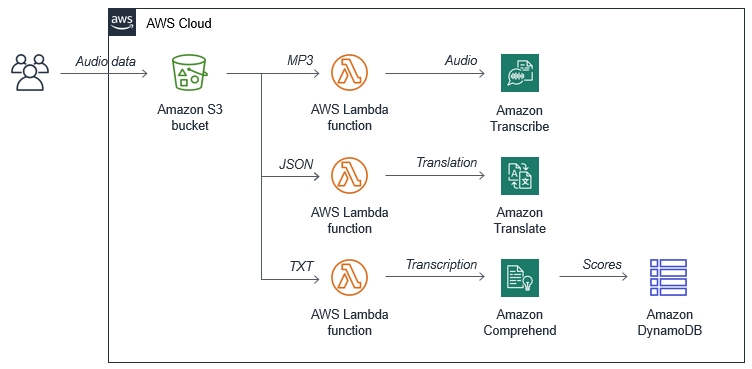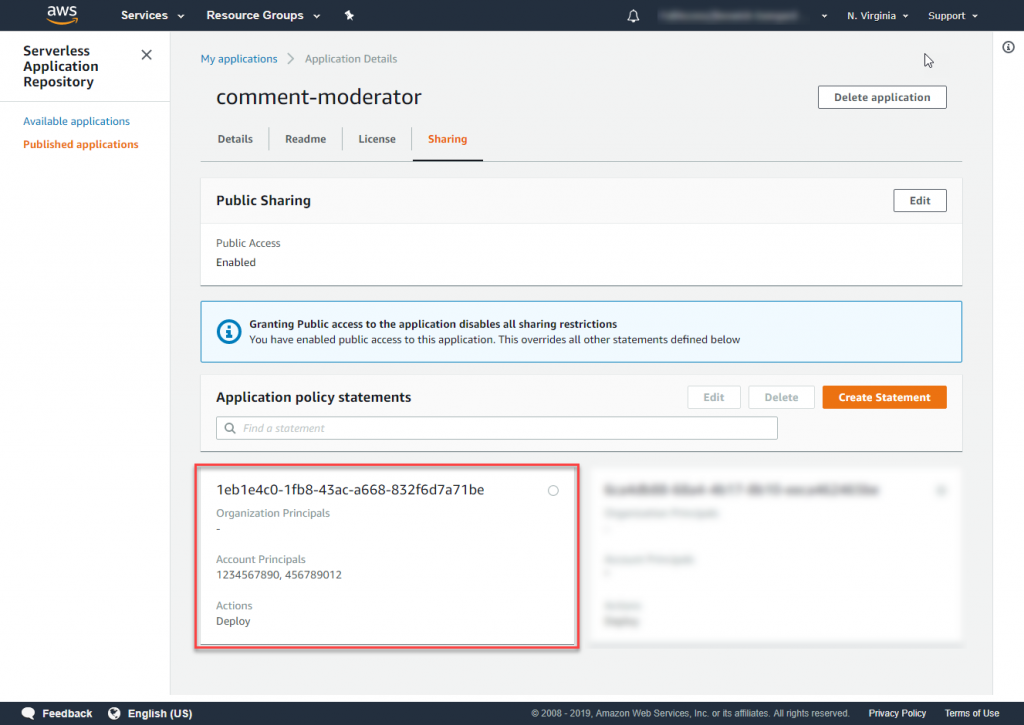AWS Compute Blog
Tag: serverless
Announcing AWS Lambda support for .NET Core 3.1
This post is courtesy of Norm Johanson, Senior Software Development Engineer, AWS SDKs and Tools. From today, you can develop AWS Lambda functions using .NET Core 3.1. You can deploy to Lambda by setting the runtime parameter value to dotnetcore3.1. Version 1.17.0.0 AWS Toolkit for Visual Studio and version 4.0.0 of the .NET Core Global Tool […]
Converting call center recordings into useful data for analytics
Many businesses operate call centers that record conversations with customers for training or regulatory purposes. These vast collections of audio offer unique opportunities for improving customer service. However, since audio data is mostly unsearchable, it’s usually archived in these systems and never analyzed for insights. Developing machine learning models for accurately understanding and transcribing speech […]
Building faster, lower cost, better APIs – HTTP APIs now generally available
In July 2015, AWS announced Amazon API Gateway. This enabled developers to build secure, scalable APIs quickly in front of a variety of different types of architectures. Since then, the API Gateway team continues to build new features and services for customers. Figure 1: API Gateway feature highlights timeline In early 2019, the team evaluated […]
The AWS Serverless Application Repository adds sharing for AWS Organizations
The AWS Serverless Application Repository (SAR) enables builders to package serverless applications and reuse these within their own AWS accounts, or share with a broader audience. Previously, SAR applications could only be shared with specific AWS account IDs or made publicly available to all users. For organizations with large numbers of AWS accounts, this means […]
Generating REST APIs from data classes in Python
This post is courtesy of Robert Enyedi – Senior Research Engineer – AI Labs Implementing and managing public APIs is greatly simplified by API Gateway. Among the various features of API Gateway, the ability to import API definitions in the Open API format is powerful. In this post, I show how you can automatically generate REST […]
AWS Lambda now supports Ruby 2.7
You can now develop your AWS Lambda functions using Ruby 2.7. Start using this runtime today by specifying a runtime parameter value of ruby2.7 when creating or updating Lambda functions. New Ruby runtime features Ruby 2.7 is a stable release and brings several new features, including pattern matching, argument forwarding, and numbered arguments. Pattern matching […]
Deploy and publish to an Amazon MQ broker using AWS serverless
If you’re managing a broker on premises or in the cloud with a dependent existing infrastructure, Amazon MQ can provide easily deployed, managed ActiveMQ brokers. These support a variety of messaging protocols that can offload operational overhead. That can be useful when deploying a serverless application that communicates with one or more external applications that […]
Building a serverless URL shortener app without AWS Lambda – part 3
This is the final installment of a three-part series on building a serverless URL shortener without using AWS Lambda. This series highlights the power of Amazon API Gateway and its ability to directly integrate with services like Amazon DynamoDB. The result is a low latency, highly available application that is built with managed services and […]
Building a serverless URL shortener app without AWS Lambda – part 2
This post is the second installment of a three-part series on building a serverless URL shortener without using AWS Lambda. The purpose of the series is to highlight the power of Amazon API Gateway and its ability to integrate directly with backend services like Amazon DynamoDB. The result is a low latency, highly available application […]
Building a serverless URL shortener app without AWS Lambda – part 1
When building applications, developers often use a standard multi-tier architecture pattern that generally includes a presentation, processing, and data tier. When building such an application using serverless technologies on AWS, it might look like the following: In this three-part series, I am going to challenge you to approach this a different way by building a […]









